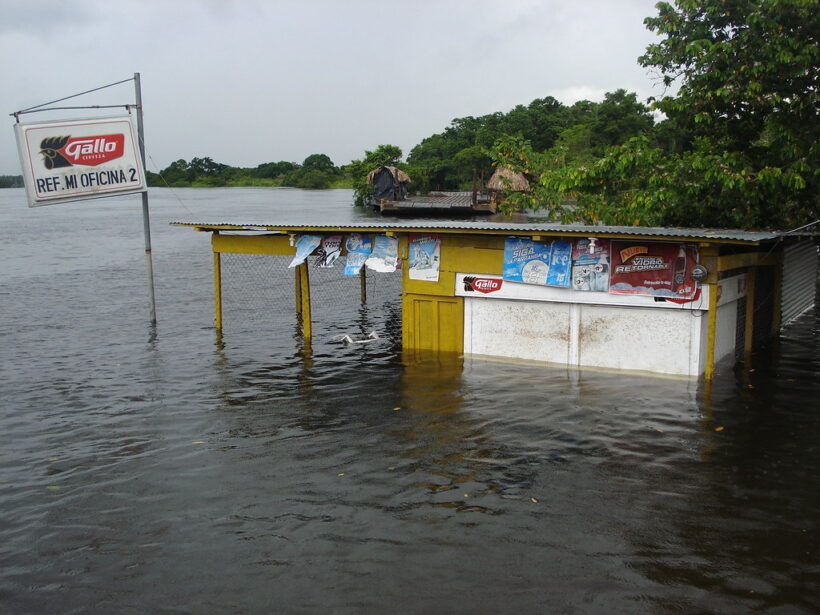“Who have the direct impacts of extractivism and what are the consequences for their lives? Peasant communities, indigenous peoples and Afro-descendants – whose family groups include children, women and the elderly – bear an important part of these impacts…”.
By Vanessa González and David Arboleda
The effects of the climate crisis facing humanity continue to make headlines, while droughts and floods go viral on social media. But the most affected groups are not always made visible, which is why it is important to ask her: Who are the ones directly impacted by extractivism and what are the consequences for their lives?
Peasant communities, indigenous peoples and Afro-descendants – whose family groups include children, women and the elderly – bear an important part of these impacts. It is these historically excluded groups who depend directly on the land and the natural commons for their survival, or who are forced to live and work in contexts (both rural and urban) of greater precariousness and high social vulnerability, such as areas at risk from socio-environmental conflicts of various kinds or because they are located in extractivist enclaves.
Examples of this are: breathing toxic gases, being exposed to water pollution, being at the mercy of landslides or river flooding, to mention a few.
As the Latin American and Caribbean Platform for Climate Justice states in its glossary, ‘although the impacts of extreme weather events reach all people, not all people have the capacity to cope with and recover from them with the same ease’.
It is therefore relevant to recognise the existence of racism in this context, where colonialism is still present. Climate racism reveals how racial discrimination operates in the management of economic and environmental policies, and how there are practices by companies and industries that affect groups differentially according to their ethnic-racial affiliation.
Where are industrial landfills located? What are the sacrificial zones and which communities live in these territories? How are the environmental charges distributed? Which populations or territories are protected by the state? Which groups have real capacities and resources to respond to an emergency or catastrophe?
Thus, entire communities that live from fishing, agriculture, and gathering, among other trades, are affected by drastic meteorological phenomena that are evidenced by heat waves and prolonged rains, altering the times and lands for harvests; but they also face the deepening of extractivism and the irreparable deterioration of nature, which ends up displacing them internally or beyond international borders.
Others are forced to live in the aforementioned contexts due to the structural impoverishment in which they find themselves, in some cases being employed in precarious work that puts their health at risk.
For this reason, problematising from the perspective of intersectionality helps to understand the disproportionality, both in the impact of the crisis and in the distribution of resources for recovery, highlighting the inequality that exists between different social groups.
Undoubtedly, there is a direct relationship with the violation of human rights, people’s access to basic services, and the increase in the gender and ethnic gap. As UN Women has reported in the past, “when disasters strike, women are less likely to survive and often bear the brunt because of long-standing gender inequalities that have created disparities in information, movement, decision-making and access to resources and formation.
In the framework of the 25th of July, on the International Day of Afro-Latino, Afro-Caribbean and Diaspora Women, we recall Chile’s commitment to the Inter-American Convention against Racism, Racial Discrimination and Related Forms of Intolerance, and the Inter-American Convention against All Forms of Discrimination and Intolerance, even more so in the current climate crisis scenario, which demands public policies and mechanisms to guarantee the rights of people living in the most at-risk places.
Article published in the framework of the launch of the “Climate Migrations” line of work of the Migrantas Organisation.










